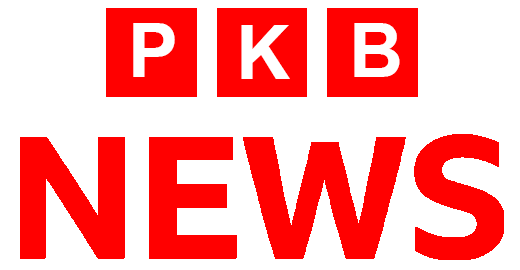Generative Image Manifold: Drag Your GAN, Interactive Point-based Manipulation
We’re going to go into more detail about GAN in this article because people are interested in learning more about it. Deep generation models, such as generative adversarial networks (GANs), have shown remarkable effectiveness in producing random photorealistic images. In real-world applications, controllability over the combined visual input is essential for learning-based picture synthesis methods. For example, social media users may want to alter a person or animal’s location, shape, expression, and body pose in a candid photo, professional media editors may need to quickly sketch out specific scene layouts for movies, and car designers may want to alter the shape of their designs interactively.

Generative Image Manifold
To meet these varied user objectives, an ideal controlled picture synthesis technique should possess the following characteristics. 1) Flexibility: It should be able to control a variety of spatial features, such as the location, attitude, expression, and arrangement of manufactured objects or creatures. 2) Accuracy: It must be capable of managing spatial features very precisely. 3. Generality: It must be applicable to various object kinds without being specific to any one of them. This work tries to entirely satisfy all of these traits, whereas past works only fully met one or two of them. The majority of older techniques relied on supervised learning, which employs manually annotated data or prior 3D models to controllably train GANs.
Recently, text-guided picture synthesis has gained attention. As a result, these techniques occasionally manage a limited number of spatial characteristics or provide the user with limited editing power. They must also apply to new types of objects. Text guiding must, however, increase its adaptability and accuracy when changing spatial features. It cannot be used, for example, to relocate an object to a specific number of pixels. The authors of this work look into a strong but underutilized interactive point-based manipulation to get flexible, accurate, and all-around controllability of GANs. The goal is to shift the handle points in the direction of the suitable target point by clicking as many handle points and target points as desired on the image.
The method with the best resemblance to our scenario studies dragging-based manipulation. Users have control over a variety of partial properties thanks to this point-based manipulation, which is independent of object categories. Compared to that problem, the one presented in this article has two additional challenges: They take into consideration managing several points, which their approach struggles to do, and they also demand that the handle points precisely reach the target points, which their approach fails to do.






